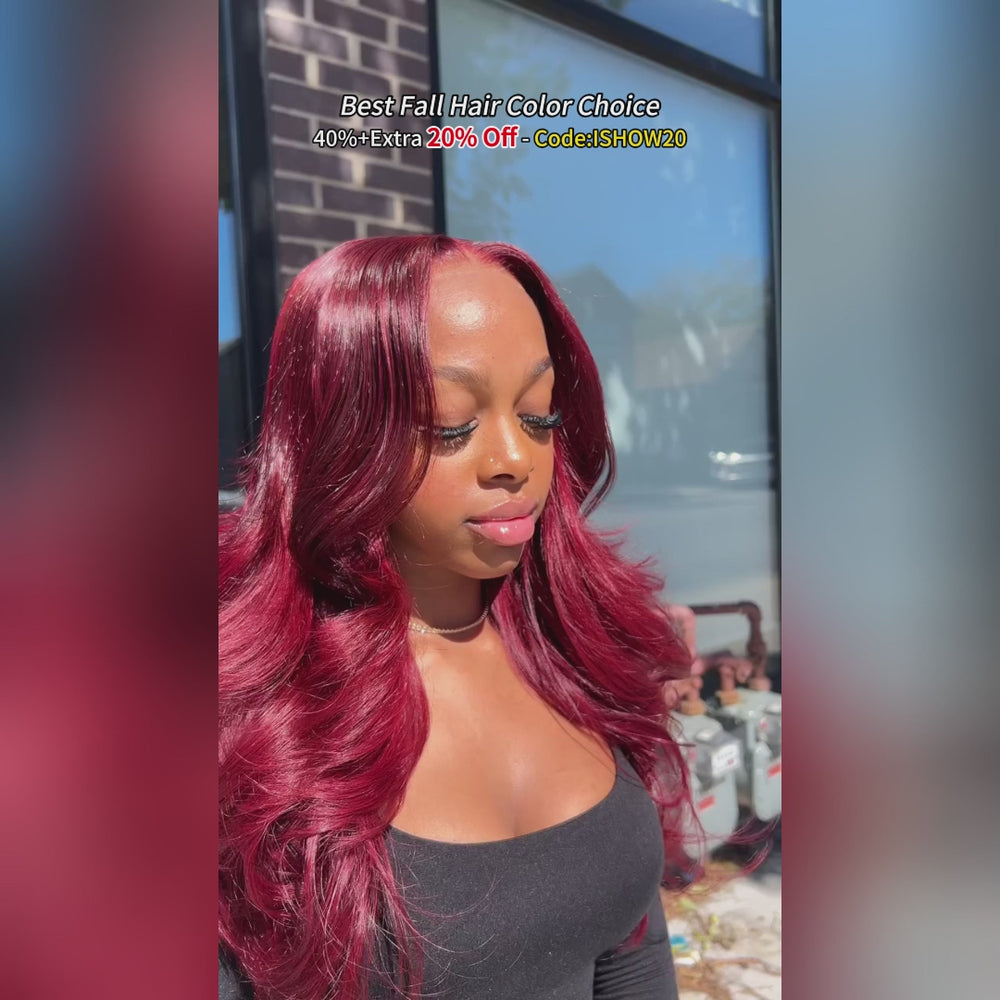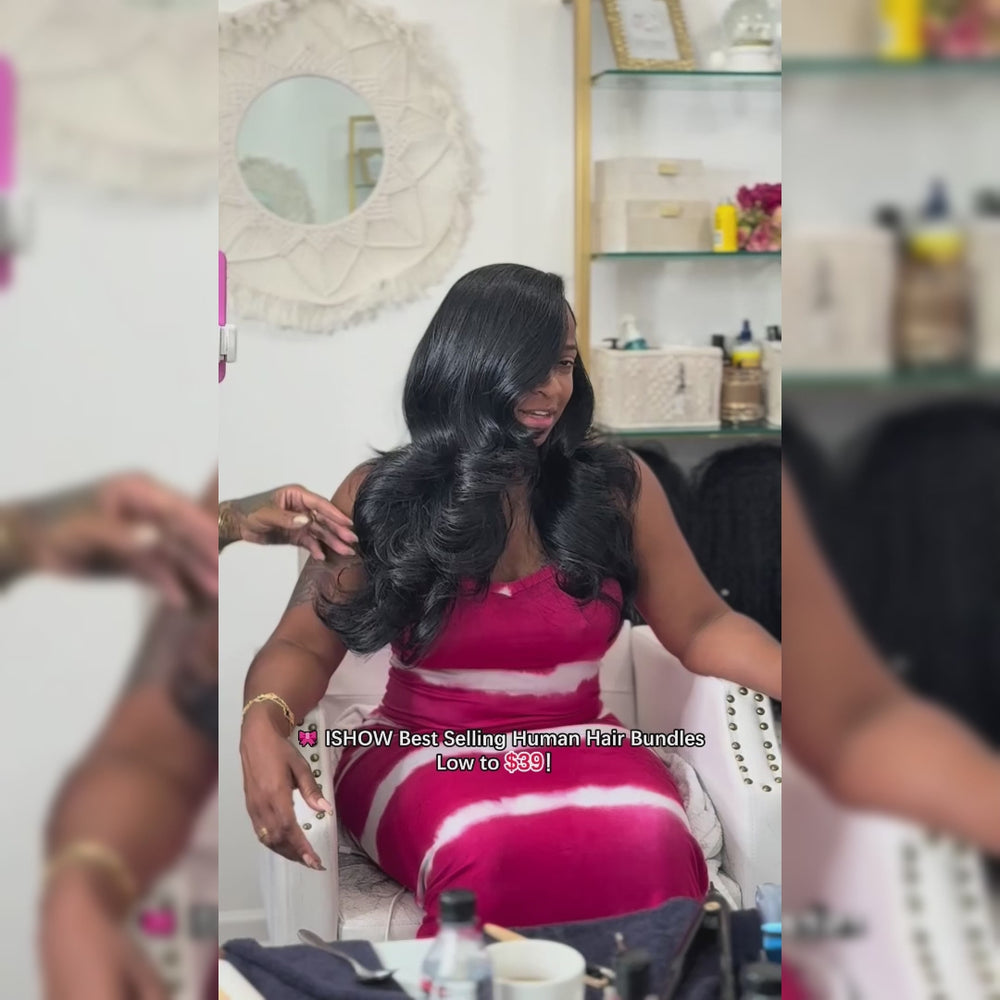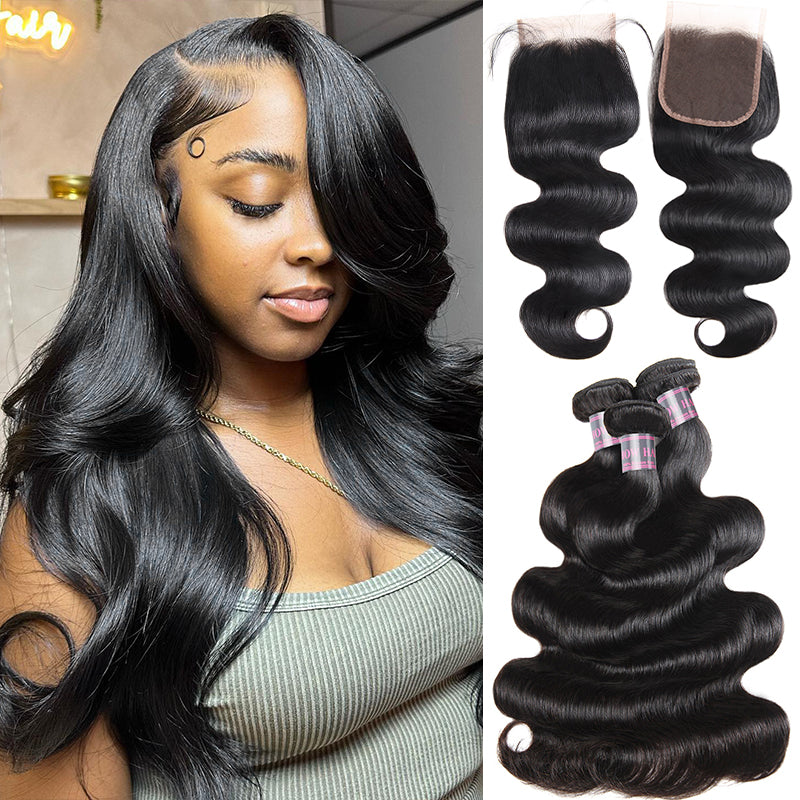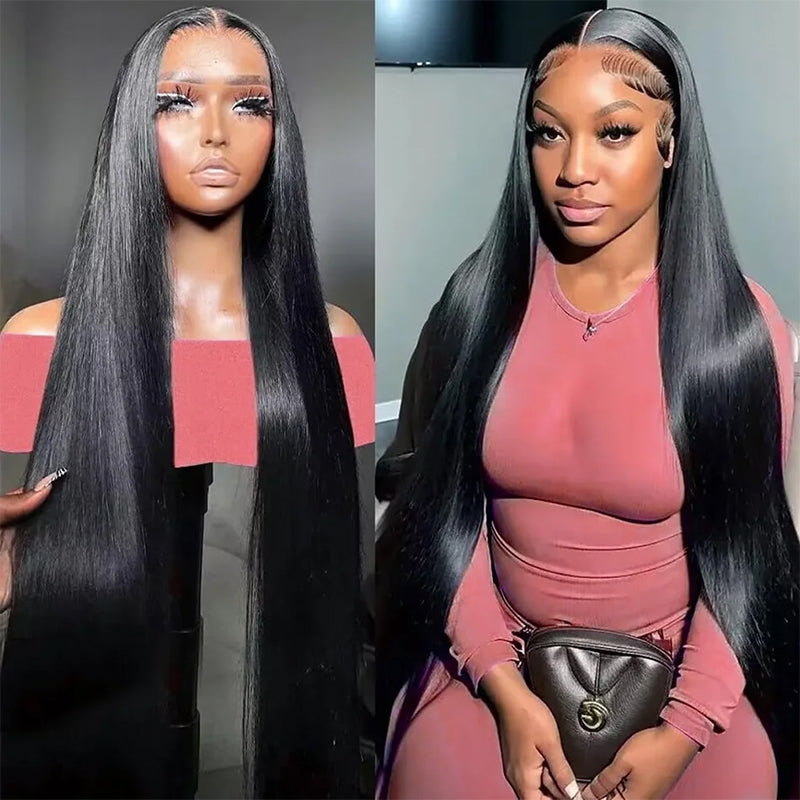How To Prevent Your Wig From Smelling
Wearing a human hair wig that smells weird can be a mood killer and make you feel uncomfortable throughout the day. Understanding what causes these unpleasant odors and how you can prevent them is key to maintaining a fresh and pleasant-smelling wig. Let’s delve into the causes and solutions for keeping your wig odor-free.
What Causes Bad Odors in Wigs?
Several factors contribute to the development of bad odors in wigs. Identifying these culprits can help you take preventive measures.
Environmental Odors
Wigs, whether synthetic or human hair, are porous and can easily absorb surrounding odors. If you frequently wear your wig in environments with strong smells like smoke, cooking fumes, or incense, these odors can get trapped in the hair fibers. This can lead to your wig retaining unpleasant smells over time.
Infrequent Cleaning
Regular maintenance is crucial for keeping your wig fresh. When wigs are not washed regularly, oils, dirt, skin cells, and styling products can build up. This residue provides a breeding ground for bacteria, which in turn, causes bad odors. Both synthetic and human hair wigs require occasional washing to keep them smelling pleasant.
Improper Drying
After washing your wig, it’s vital to ensure it is completely dry before wearing or storing it. Any remaining moisture can promote the growth of mildew, mold, and bacteria, which can result in musty smells. Proper drying techniques are essential to prevent this issue.
Unbreathable Storage
Storing wigs in sealed plastic bags or airtight containers without proper airflow can trap odors instead of allowing them to dissipate. Long-term storage in such conditions can make your wig smell unpleasant.
How Should I Properly Care for My Wig?
Maintaining good hygiene and hair care habits can significantly reduce the likelihood of your wig developing bad odors. Here are some detailed tips to help you keep your wig fresh and clean:
Regular Washing with Wig Shampoo
Investing in a mild wig shampoo suitable for both synthetic and human hair wigs is essential. It’s recommended to wash your wig every 2-4 weeks, depending on how frequently you wear it. Follow the shampooing with a conditioner designed for wigs to prevent dryness and remove residue buildup that could lead to odors. For wigs worn daily, consider washing them weekly.
Thorough Air Drying
After washing your wig, ensure it is completely air-dried before wearing or storing it. Trapped moisture can lead to mildew and bacteria growth. Lay your wig on a towel in direct sunlight to speed up the drying process, or use a drying wig stand that allows airflow through the inner cap’s surface area.
Optimal Storage Conditions
Avoid storing your wigs in plastic bags or airtight containers. Instead, opt for breathable wig stands that allow air circulation. If you must use a storage box, ensure it is well-ventilated with air holes or mesh panels to prevent odors from being trapped.
Protection from Environmental Smells
When wearing your wig in environments with strong odors, consider using a wig cap or a silk hair wrap underneath. This creates a protective barrier that can help prevent smells from being absorbed into the wig fibers. Additionally, store your wigs away from perfumes, incense, and other scented products to avoid odor transfer.
Scalp Care Management
If you notice persistent odors despite your efforts, it might be due to your scalp. Wash your natural hair regularly before wearing your wig to prevent the transfer of scalp oils and sweat. Replace wig caps frequently, especially if you sweat a lot under the cap. Using dry shampoo or odor-eliminating powder on the wig cap between wears can also help keep odors at bay.
How Else Can I Freshen Up My Wigs Between Washes?
Even with proper storage and regular cleaning, sometimes odors can develop. Here are some additional tips to freshen up your wig between washes:
Air Exposure
Allow your wig to sit out in a clean, well-ventilated area for several hours to let any trapped smells dissipate. Placing it near an open window or outside in mild weather can help air out the wig and remove unwanted odors.
DIY Refreshers
Lightly mist the inner cap and fibers of your wig with a solution of baking soda and water. Let it sit for a while before airing it out. Baking soda particles help absorb odors. Alternatively, unscented fabric refreshers can do the job without adding heavy perfumes to your wig.
Avoid Heavy Styling Products
Minimize the use of oils, mousses, gels, sprays, and perfumes on your wig. These products can leave behind residue that traps odors over time. Let your shampooed wig dry clean and fresh, avoiding additional styling products that might contribute to smells.
Signs It May Be Time to Replace Your Wig
Even with the best care, wigs eventually wear out. Here are some signs that it might be time to invest in a new wig:
- Severe tangling and matting of the fibers, which trap odors.
- Visible holes in the lace or cap that make it unstable and uncomfortable to wear.
- Persistent odors that do not dissipate even after thorough cleaning and airing out.
- Loss of shape and volume that cannot be restored with styling.
When you start noticing these signs, it may be best to replace your wig to maintain a fresh and comfortable experience.
Conclusion
Keeping your wig fresh and odor-free requires regular maintenance and proper care. By understanding the causes of bad odors and following the tips outlined above, you can ensure your wig remains pleasant to wear. Regular washing, thorough drying, optimal storage, and scalp care are all vital steps in this process. Additionally, knowing when it’s time to replace your wig can save you from frustration and discomfort. With these practices, you can enjoy your wig confidently and comfortably every day.











